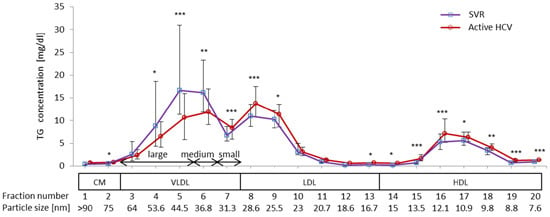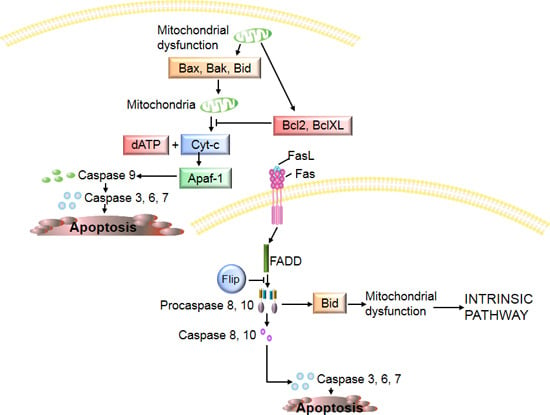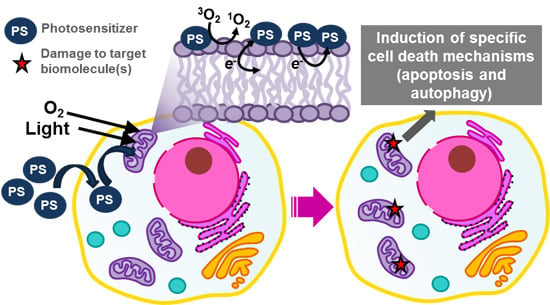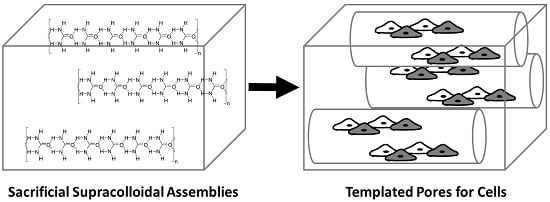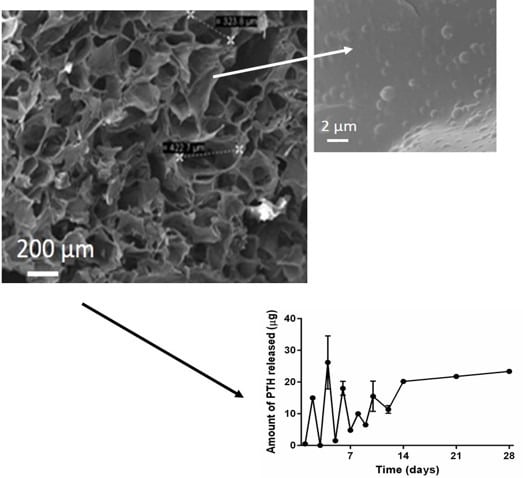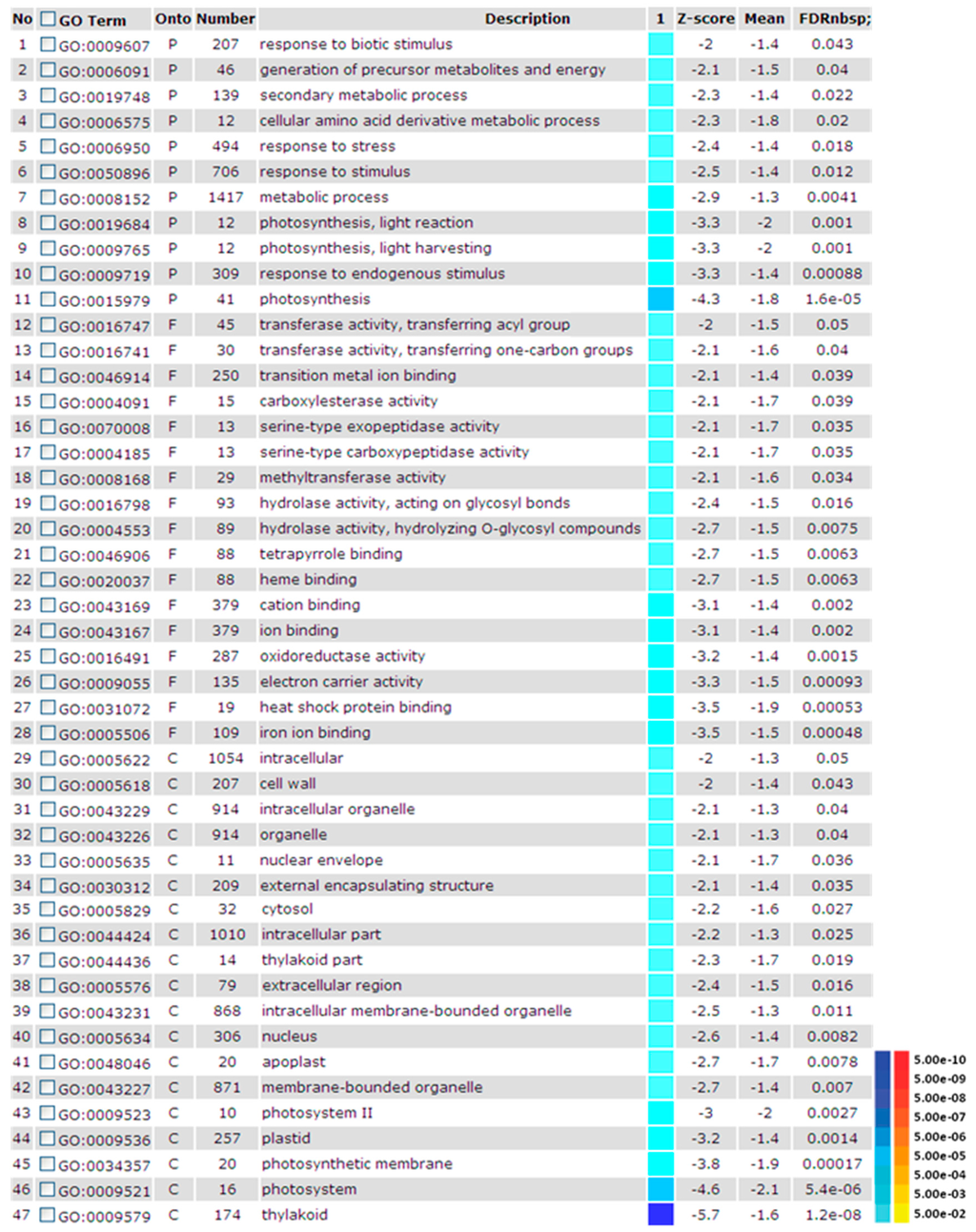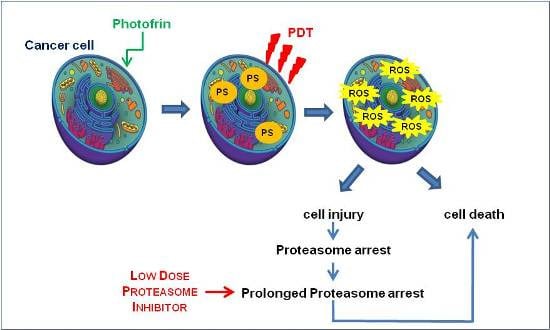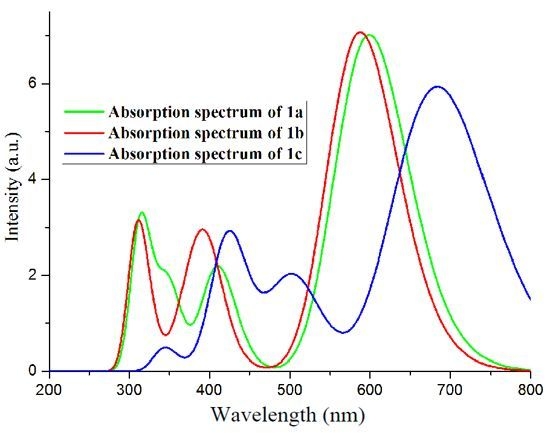1
Department of Emergency Medicine, Sun Yat-sen Memorial Hospital of Sun Yat-sen University, Guangzhou 510120, China
2
Institute of Cardiopulmonary Cerebral Resuscitation, Sun Yat-sen University, Guangzhou 510120, China
3
Department of Nephrology, the Fourth Affiliated Hospital of Guangzhou Medical University, Guangzhou 510120, China
†
These authors contributed equally to this work.
Int. J. Mol. Sci. 2015, 16(9), 20595-20608; https://doi.org/10.3390/ijms160920595 - 31 Aug 2015
Cited by 67 | Viewed by 6950
Abstract
Carbon monoxide (CO) has shown various physiological effects including anti-inflammatory activity in several diseases, whereas the therapeutic efficacy of CO on sepsis-induced acute kidney injury (AKI) has not been reported as of yet. The purpose of the present study was to explore the
[...] Read more.
Carbon monoxide (CO) has shown various physiological effects including anti-inflammatory activity in several diseases, whereas the therapeutic efficacy of CO on sepsis-induced acute kidney injury (AKI) has not been reported as of yet. The purpose of the present study was to explore the effects of exogenous CO on sepsis-induced AKI and nucleotide-binding domain-like receptor protein 3 (NLRP3) inflammasome activation in rats. Male rats were subjected to cecal ligation and puncture (CLP) to induce sepsis and AKI. Exogenous CO delivered from CO-releasing molecule 2 (CORM-2) was used intraperitoneally as intervention after CLP surgery. Therapeutic effects of CORM-2 on sepsis-induced AKI were assessed by measuring serum creatinine (Scr) and blood urea nitrogen (BUN), kidney histology scores, apoptotic cell scores, oxidative stress, levels of cytokines TNF-α and IL-1β, and NLRP3 inflammasome expression. CORM-2 treatment protected against the sepsis-induced AKI as evidenced by reducing serum Scr/BUN levels, apoptotic cells scores, increasing survival rates, and decreasing renal histology scores. Furthermore, treatment with CORM-2 significantly reduced TNF-α and IL-1β levels and oxidative stress. Moreover, CORM-2 treatment significantly decreased NLRP3 inflammasome protein expressions. Our study provided evidence that CORM-2 treatment protected against sepsis-induced AKI and inhibited NLRP3 inflammasome activation, and suggested that CORM-2 could be a potential therapeutic candidate for treating sepsis-induced AKI.
Full article
(This article belongs to the Section Molecular Pathology, Diagnostics, and Therapeutics)
▼
Show Figures


